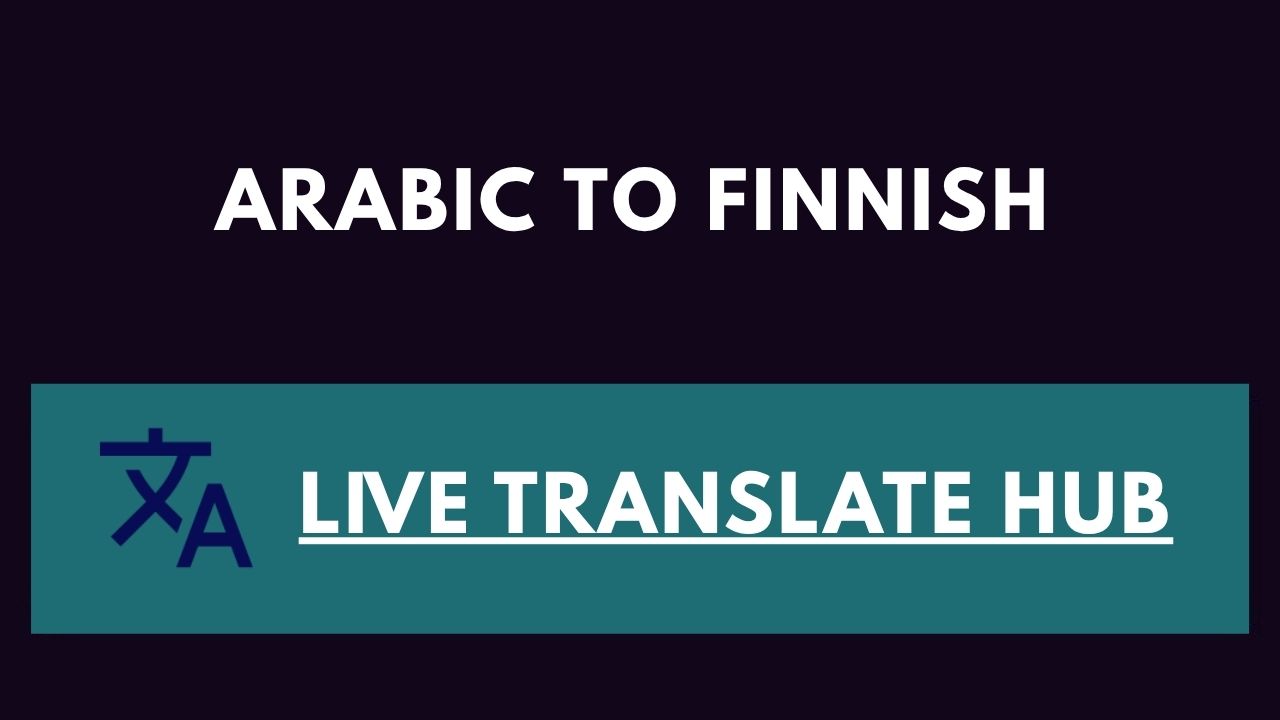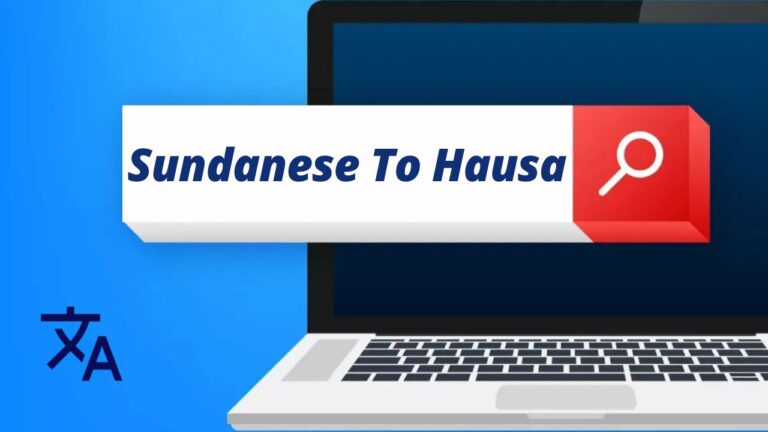Arabic To Finnish Translation
Introduction to Arabic–Finnish Translation
Arabic and Finnish are structurally and culturally very different languages, making direct translation challenging.
- Arabic: A Semitic language with a root-based morphology, written right-to-left.
- Finnish: A Uralic language with agglutinative grammar, written left-to-right.
Because of these differences, translation often requires meaning adaptation rather than simple word-for-word conversion.
Key Differences Between Arabic and Finnish
| Feature | Arabic | Finnish |
|---|---|---|
| Alphabet | Arabic script (28 letters) | Latin script (29 letters) |
| Direction | Right-to-left | Left-to-right |
| Grammar | Root-based, complex verb forms | Agglutinative with case endings |
| Pronouns | Gendered | Gender-neutral |
| Plural Forms | Broken & sound plurals | Mostly regular plurals with suffixes |
Common Challenges
- Word Order – Arabic typically follows VSO (Verb–Subject–Object) order, while Finnish follows SVO (Subject–Verb–Object) but can be flexible.
- Gender and Number – Arabic differentiates between masculine/feminine and singular/dual/plural; Finnish has no grammatical gender.
- Idioms and Proverbs – Many Arabic idioms do not have direct Finnish equivalents.
- Formality Levels – Arabic has formal (Fusha) and many dialects; Finnish has formal and informal registers.
Translation Strategies
- Semantic Equivalence: Focus on conveying meaning rather than literal wording.
- Cultural Adaptation: Replace culturally specific terms with concepts familiar to Finnish audiences.
- Transliteration: For names, brands, and locations, follow standard transliteration rules.
- Context Awareness: Understand whether the Arabic text is Modern Standard Arabic or a dialect before translating.
Examples
| Arabic | Finnish | English Meaning |
|---|---|---|
| السلام عليكم | Rauha olkoon kanssanne | Peace be upon you |
| شكراً جزيلاً | Kiitos paljon | Thank you very much |
| كيف حالك؟ | Mitä kuuluu? | How are you? |
| كتاب | Kirja | Book |
Tools for Arabic–Finnish Translation
- Google Translate – Good for short phrases, but not always accurate with idioms.
- DeepL – Better grammar handling, but limited Arabic–Finnish support.
- Glosbe – Bilingual dictionary with example sentences.
- Reverso Context – Phrase-based examples for accuracy.
Professional & Academic Uses
- Business Contracts – Ensuring clarity in legal terminology.
- Education – Translating textbooks and research papers.
- Immigration Documents – Certificates, IDs, and official forms.
- Cultural Works – Literature, poetry, and media subtitling.
Best Practices for Accurate Translation
- Identify formal vs. informal tone in the source text.
- Maintain sentence meaning, not just word matching.
- Double-check numbers, dates, and measurements.
- Use native proofreaders for final checks.







